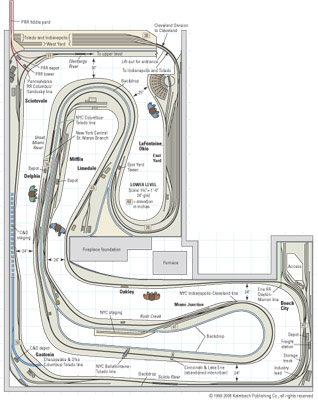
Name: Maumee Route (Cleveland, Indianapolis, Cincinnati & St. Louis) Layout owner: Bill Darnaby Scale: HO (1>87) Size: 35′-2″ x 42′-1″ Prototype: free-lance, based on Nickel Plate Road and Wabash practice Period: 1955 Style: walkaround, mulit-level Minimum radius: 42″ Minimum turnout: nos. 6 to 8 Maximum grade: 2 percent Originally appeared in the 1995 issue of […]
Read More…
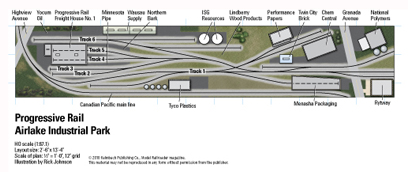
Name: Airlake Industrial Park Layout owner: Alan Saatkamp Scale: HO (1:87.1) Size: 3′-0″ x 13′-4″ Prototype: Progressive Rail Locale: Lakeville, Minn. Era: present day Style: portable walkaround Mainline run: 13 feet Minimum radius: 26″ Minimum turnout: no. 5 Originally appeared in the June 2010 issue of Model Railroader. Click on the image to download the […]
Read More…
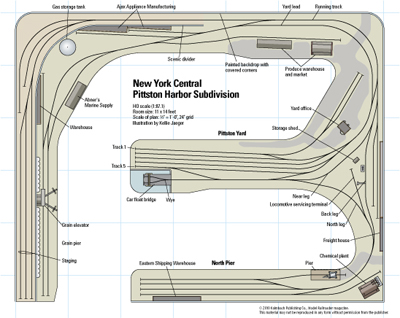
Name: New York Central PittstonHarbor Subdivision Layout owner: Jeff Kraker Scale: HO (1:87.1) Room size: 11 x 14 feet Prototype: New York Central Locale: New York City Era: 1950-1970 Style: walk-in Mainline run: 50 feet (on running track) Minimum radius: 18″ Maximum grade: none Originally appeared in the June 2010 issue of Model Railroader. Click […]
Read More…

Name: San Juan Silverton RR Scale: HOn3 (1:87.1, 3-foot narrow gauge) Size: 12 x 14 feet Prototype: freelanced, inspired by Rio Grande Southern Locale: southwest Colorado Era: fall 1939 Style: walk-in Minimum radius: 24″ Minimum turnout: no. 6 Maximum grade: 4 percent Originally appeared in the June 2010 issue of Model Railroader. Click on the […]
Read More…
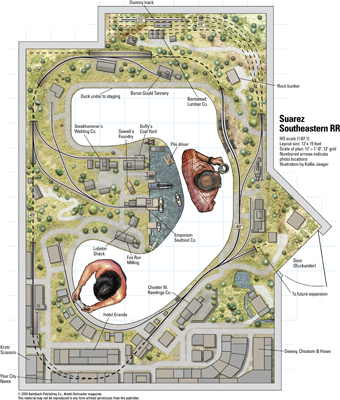
Name: Suarez Southeastern RR Layout owner: Mike Suarez Scale: HO (1:87.1) Size: 12 x 15 feet Theme: freelanced Locale: eastern United States Era: 1920s to ’30s Style: around the walls Mainline run: 50 feet Minimum radius: 22″ Minimum turnout: no. 6 Maximum grade: none Originally appeared in the June 2010 issue of Model Railroader. Click […]
Read More…
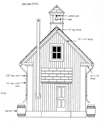
Download the PDF of this project here. This PDF is formatted to print on your home printer. Most pieces are formatted to fit on a 8.5″ x 11″ piece of paper. For larger parts of the plan, you will see “break lines.” Line up the break lines to create the larger piece. Despite our best […]
Read More…
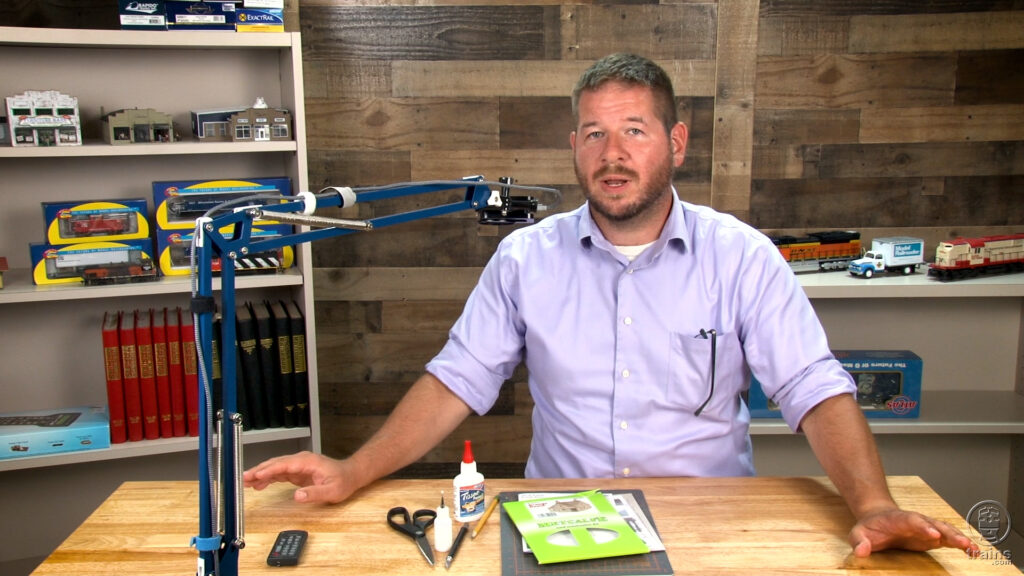
While David and Co. continue construction on the N scale project layout, Steve Sweeney shares his techniques for assembling a cardstock house kit. Follow along, as Steve walks and talks you through all of the essential tools, supplies, and processes — start to finish! […]
Read More…

Having trouble viewing this video? Please visit our Video FAQ page In an all-new MRVP mini-series, David Popp takes you through the steps for turning an interesting layout concept into a specific plan. In Part 1, David gets things started by revisiting memories of his favorite midwestern fallen flag. He then shows how recollections, […]
Read More…
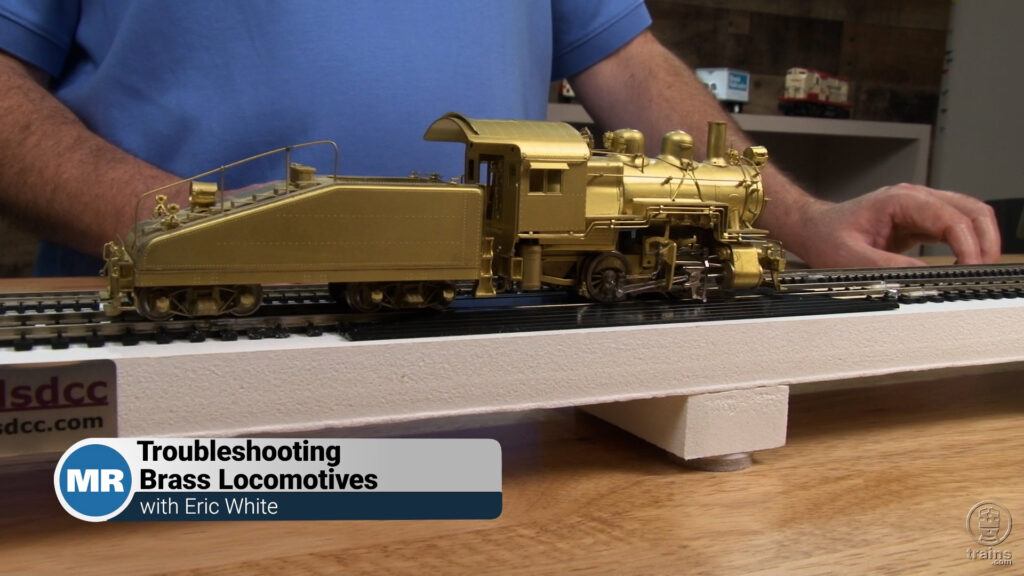
Senior Editor Eric White evaulates and troubleshoots an HO scale brass steam locomotive from Sunset Models to figure out why the gearbox isn’t turning. […]
Read More…
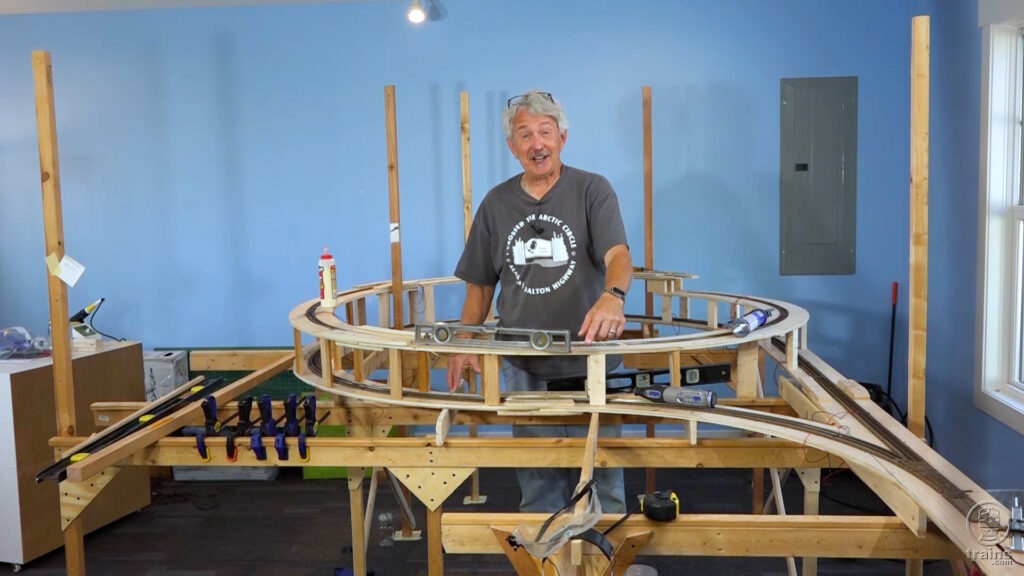
Even with a little help from a friend, host Gerry Leone still struggles with benchwork construction. But after setting joists straight and level, he jumps right into raising the grade along the helix. Discover a few new track tips and tricks along the way. […]
Read More…
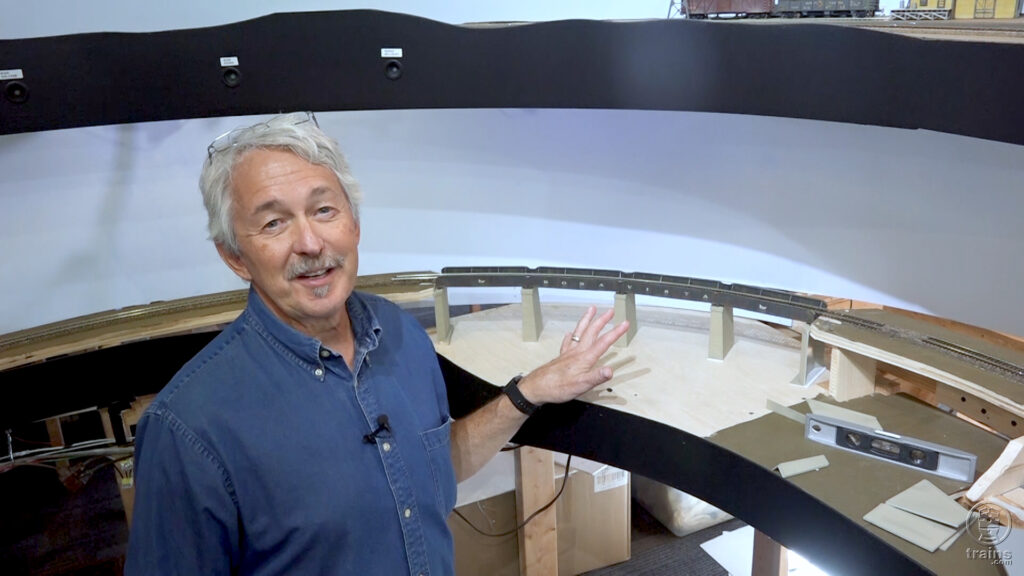
By popular demand! Back on Track host Gerry Leone jumps ahead in time to begin an effort to shape a common layout space into a unique place! In this episode, you’ll see the start of the lake scene takes the curved mainline into consideration. First, Gerry works to build up a plate girder bridge to […]
Read More…
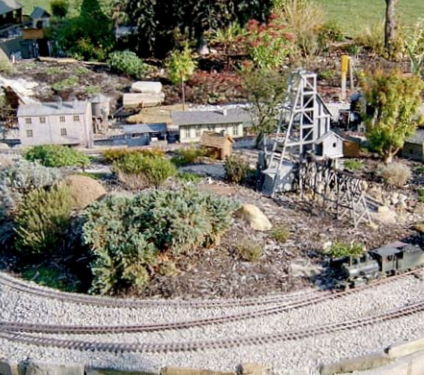
Click here to download a PDF version of this article. Don’t miss the other parts to this series! June 2010: Preliminary construction August 2010: Choosing track October 2010: Laying track and ballasting December 2010: Accessories, structures, and lighting […]
Read More…












